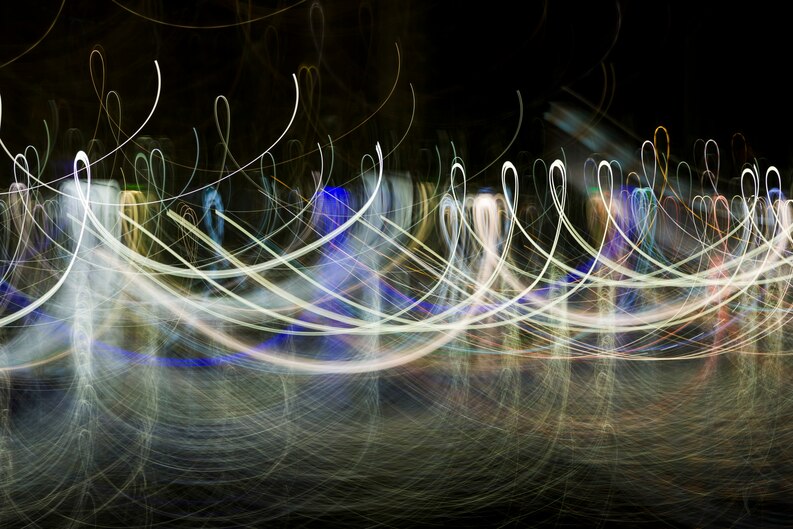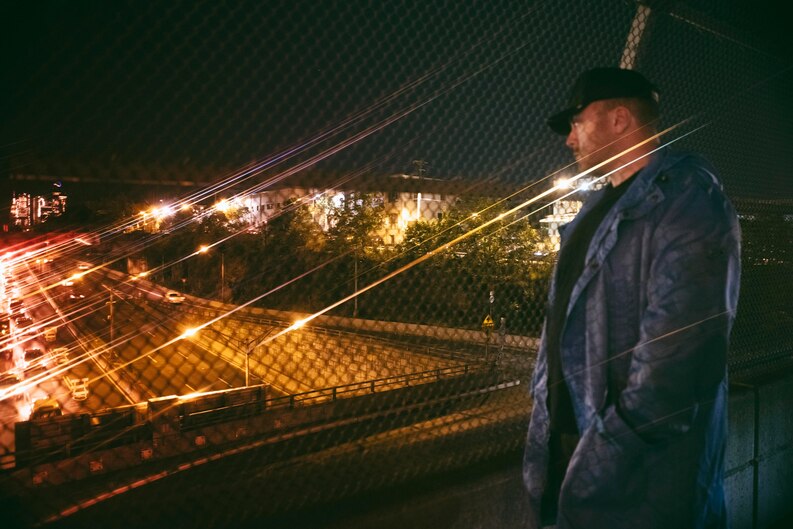Picture this: you’re sitting in a darkened theater, popcorn in hand, as the opening credits of the latest summer blockbuster roll. Explosions light up
Picture this: you’re sitting in a darkened theater, popcorn in hand, as the opening credits of the latest summer blockbuster roll. Explosions light up the screen, characters leap into action, and you’re swept away by the movie magic. But have you ever wondered what goes into creating those jaw-dropping moments? The journey from a spark of an idea to the stunning shots you see on screen is a complex, creative, and collaborative process. Welcome to the behind the scenes of blockbuster filmmaking, where script to screen transforms imagination into reality.
In this post, we’ll pull back the curtain on the filmmaking journey, exploring the key stages of movie production that turn words on a page into cinematic spectacles. Whether you’re a film student, aspiring director, or just a cinema fan, this deep dive into screenwriting, film direction, set design, cinematography, visual effects, and more will leave you inspired. Let’s roll the cameras and dive into the production pipeline!

1. The Spark: Crafting a Blockbuster Script
Every blockbuster begins with a story. The screenwriting process is where the magic starts, as writers weave narratives that captivate audiences. A great script isn’t just dialogue and action—it’s a blueprint for the entire film production. Writers must balance character development, plot twists, and themes while keeping the story visual and engaging.
Take Jurassic Park (1993) as an example. Michael Crichton’s novel was adapted into a screenplay by Crichton and David Koepp, who trimmed subplots and amplified the dinosaur thrills to suit the blockbuster format. According to the Writers Guild of America, a typical screenplay undergoes 5-10 drafts before production begins, with input from directors, producers, and even actors shaping the final version.
For aspiring screenwriters, the key is to write with the audience in mind. A blockbuster script needs high stakes (think world-ending asteroids or superhero showdowns), memorable characters, and moments that scream “cinema.” It’s not just about words—it’s about setting the stage for the filmmaking journey.
2. Pre-Production: Building the World
Once the script is locked, the production pipeline shifts into pre-production, where the director, producers, and film crew roles come together to plan the movie production. This phase is like assembling a puzzle—every piece, from set design to casting, must fit perfectly.
Set Design and Locations
Set design is where the script’s world comes to life. Production designers create everything from alien planets to 1920s speakeasies. For Mad Max: Fury Road (2015), production designer Colin Gibson built over 80 practical vehicles, including the War Rig, to create a post-apocalyptic wasteland. Meanwhile, location scouts scour the globe for real-world settings that match the script’s vision, like the Moroccan deserts used in Gladiator (2000).
Casting and Storyboarding
Casting brings characters to life, with directors and casting agents seeking actors who embody the script’s vision. Simultaneously, storyboarding maps out every shot. Directors like Christopher Nolan use detailed storyboards to plan complex sequences, such as the rotating hallway fight in Inception (2010). This phase ensures the film direction aligns with the script’s intent, setting the tone for the cinematography to come.
Pre-production is also where budgets are finalized. According to the Motion Picture Association, the average blockbuster budget in 2023 was around $200 million, with pre-production accounting for 10-15% of that. It’s a high-stakes phase that lays the foundation for movie magic.
3. Lights, Camera, Action: The Art of Filming
With pre-production complete, it’s time to roll cameras. The filming phase is where film direction, cinematography, and film crew roles collide to capture the stunning shots that define a blockbuster.
Cinematography: Painting with Light
Cinematography is the art of visual storytelling. Cinematographers like Roger Deakins (Blade Runner 2049) use lighting, camera angles, and movement to evoke emotion. For example, in Avengers: Endgame (2019), cinematographer Trent Opaloch used wide shots to emphasize the scale of the final battle, making audiences feel the weight of the moment. Tools like drones and Steadicams allow for dynamic shots, but it’s the cinematographer’s vision that ties it all together.
The Director’s Vision
The director is the captain of the ship, guiding the cast and crew to bring the script to life. Directors like Greta Gerwig (Barbie, 2023) balance creative control with collaboration, ensuring every department—from set design to costume—aligns with the film’s tone. Filming can take months, with blockbusters often shooting across multiple continents. It’s grueling but exhilarating, as the filmmaking journey takes shape.
4. Post-Production: Polishing the Gem
The cameras stop rolling, but the work is far from over. Post-production is where the raw footage is transformed into a polished blockbuster through editing process, visual effects, and sound design.
Editing Process: Shaping the Story
Editors are the unsung heroes of movie production. They trim hours of footage into a cohesive narrative, often restructuring scenes for maximum impact. For Star Wars: The Force Awakens (2015), editors Maryann Brandon and Mary Jo Markey resequenced key moments to heighten tension. According to the American Cinema Editors, a blockbuster edit can take 6-12 months, with editors working closely with directors to nail the pacing.
Visual Effects: Creating the Impossible
Visual effects (VFX) are the backbone of modern blockbusters. VFX artists use software like Maya and Nuke to craft everything from CGI creatures to entire cities. In Avatar: The Way of Water (2022), Weta Digital’s team spent over a year perfecting underwater scenes, blending practical and digital effects. The Visual Effects Society estimates that VFX can account for 30-50% of a blockbuster’s budget, but the results—like a dragon soaring over a battlefield—are worth it.
5. The Final Touch: Sound and Music
Sound design and music elevate a blockbuster from good to unforgettable. Sound designers create everything from the hum of a lightsaber to the roar of a T-Rex, while composers like Hans Zimmer (Dune, 2021) craft scores that tug at heartstrings. The Hollywood production process often involves multiple sound mixes to ensure the film shines in theaters, IMAX, and streaming platforms. This final layer of movie magic ensures audiences feel every moment.
Conclusion: The Magic of Collaboration
The journey from script to screen is a testament to the power of collaboration. Screenwriters, directors, cinematographers, editors, VFX artists, and countless others pour their hearts into creating the blockbusters we love. Each phase—screenwriting, pre-production, filming, post-production, and sound design—builds on the last, transforming a simple idea into a cinematic masterpiece.
For film students, aspiring filmmakers, and cinema fans, understanding the behind the scenes process reveals the dedication behind every frame. Want to be part of this world? Start small—write a short script, film a scene with your phone, or study the production pipeline through online courses. The filmmaking journey is challenging but endlessly rewarding.
So, the next time you watch a blockbuster, take a moment to appreciate the movie magic at work. What’s your favorite behind the scenes story from a Hollywood production? Share your thoughts in the comments, and let’s keep the conversation going!



COMMENTS